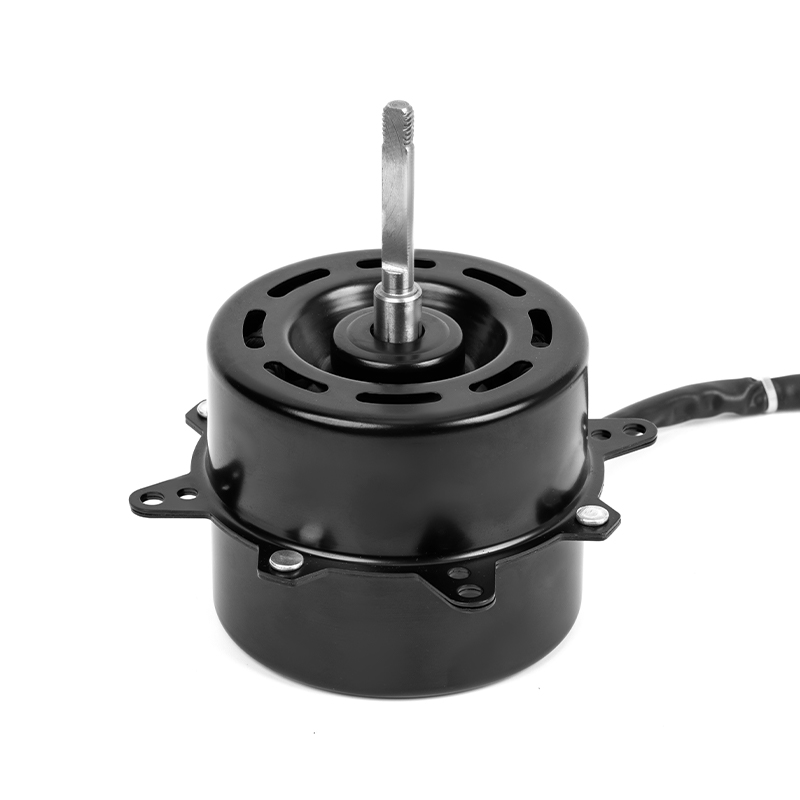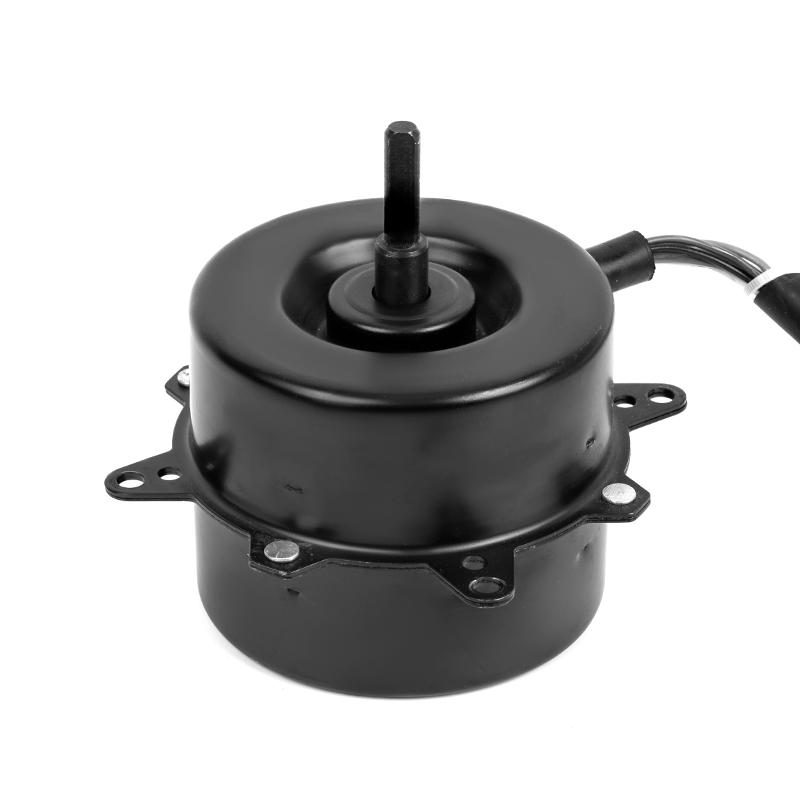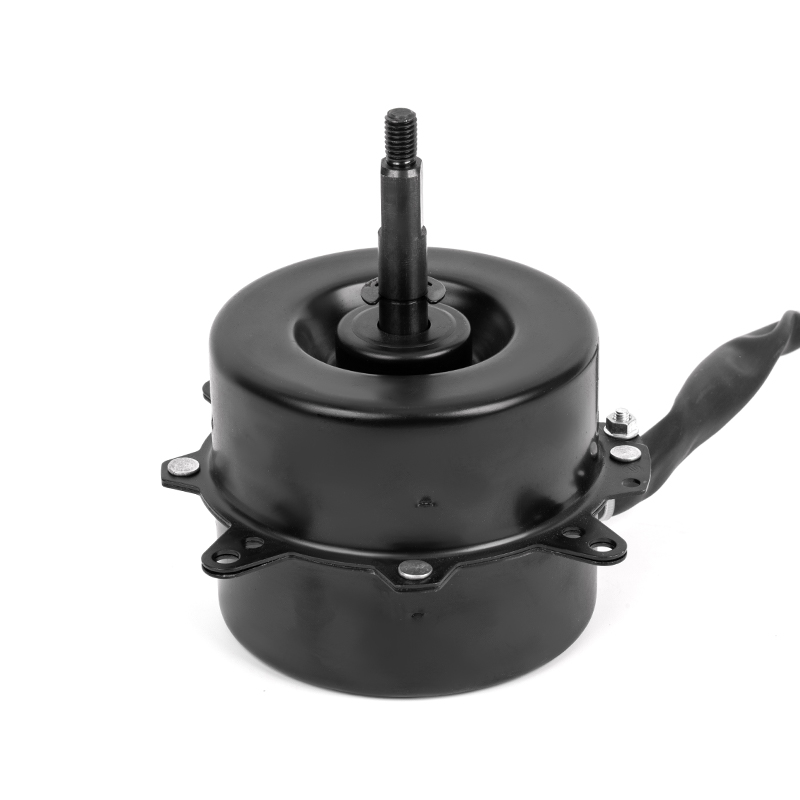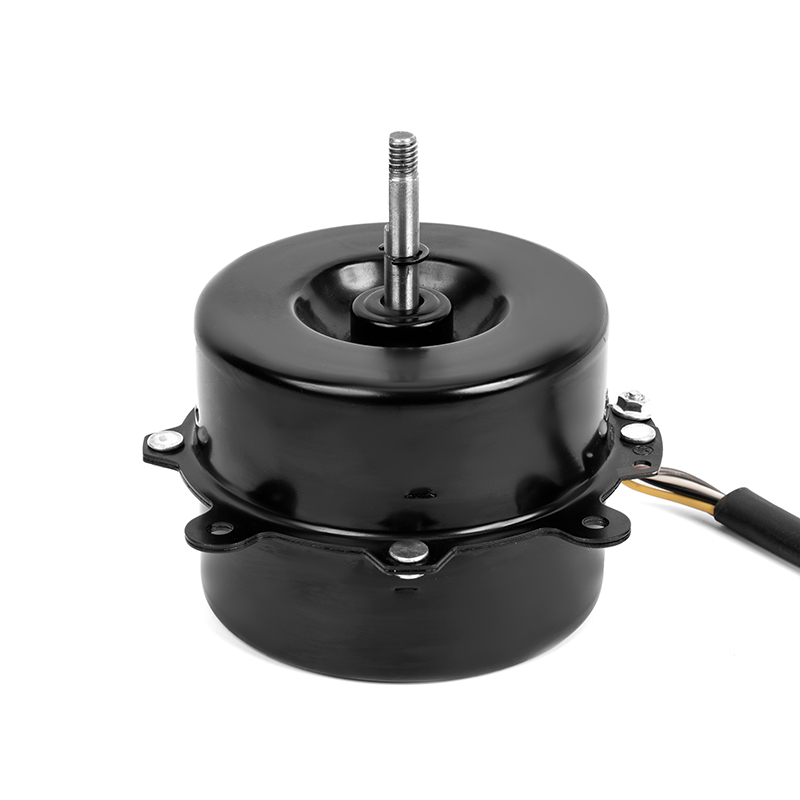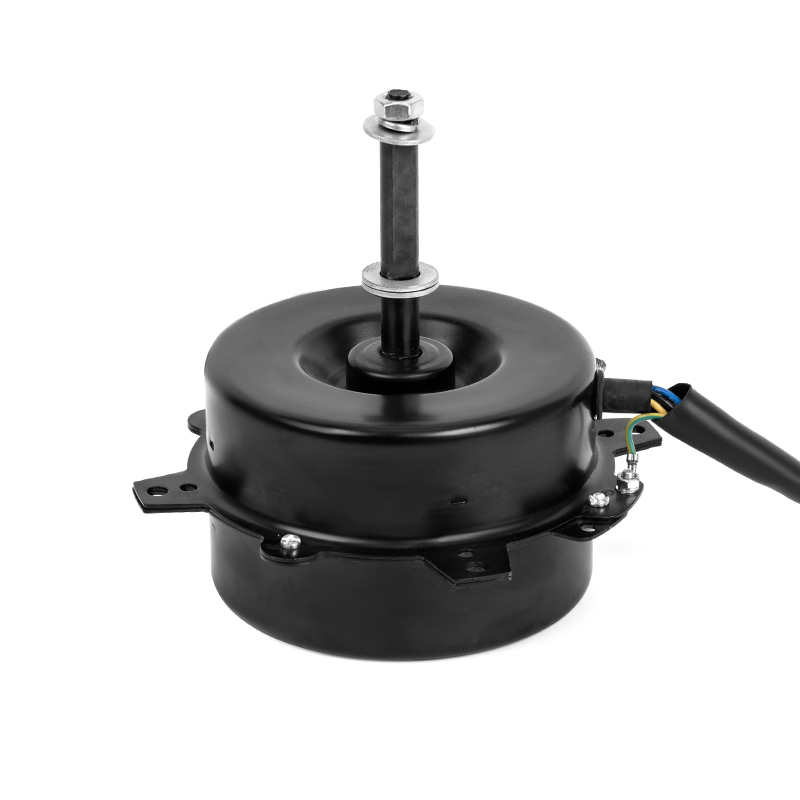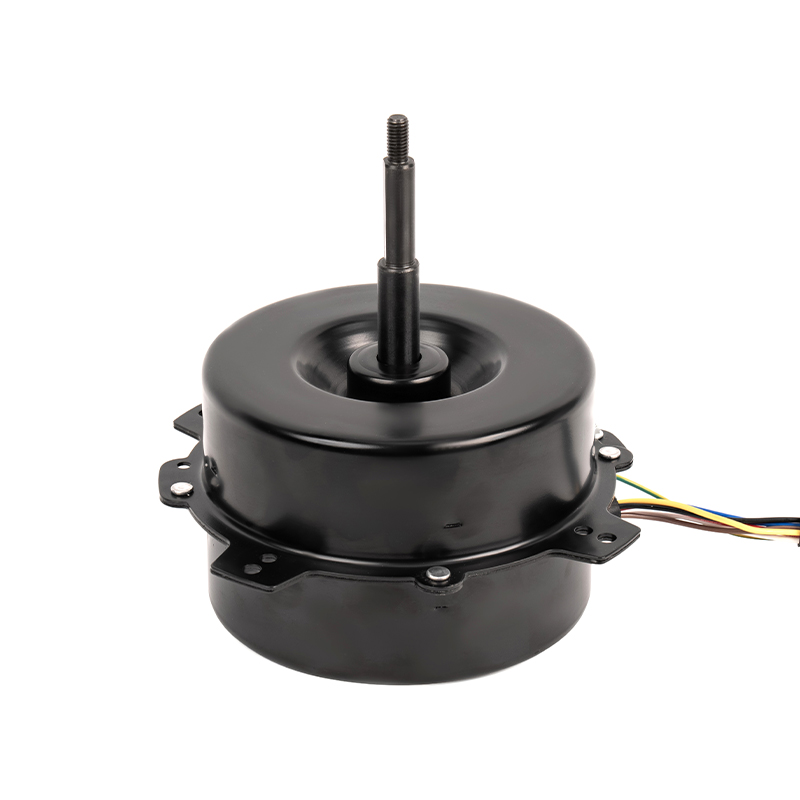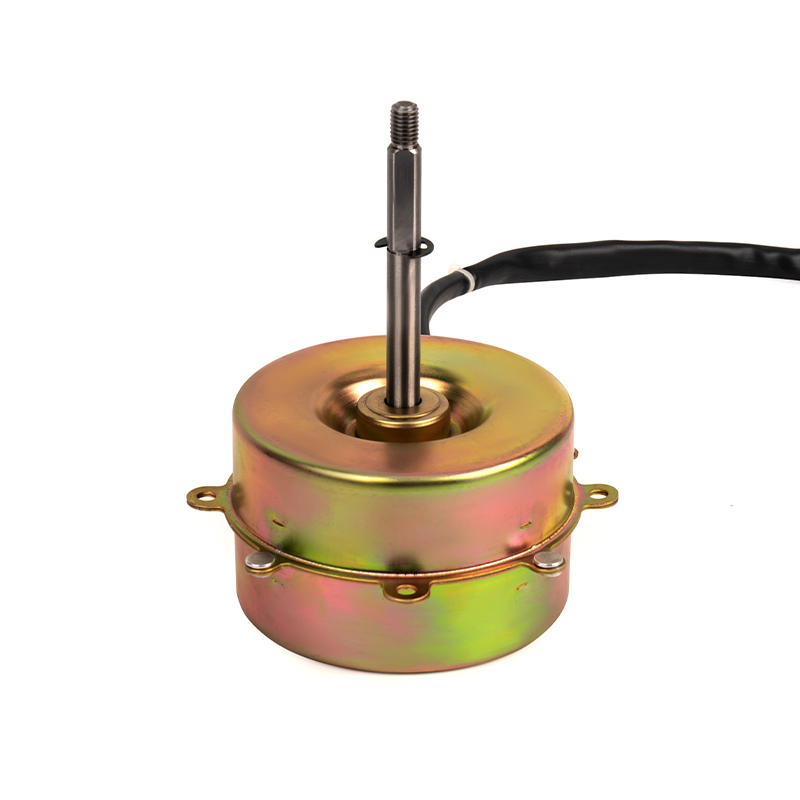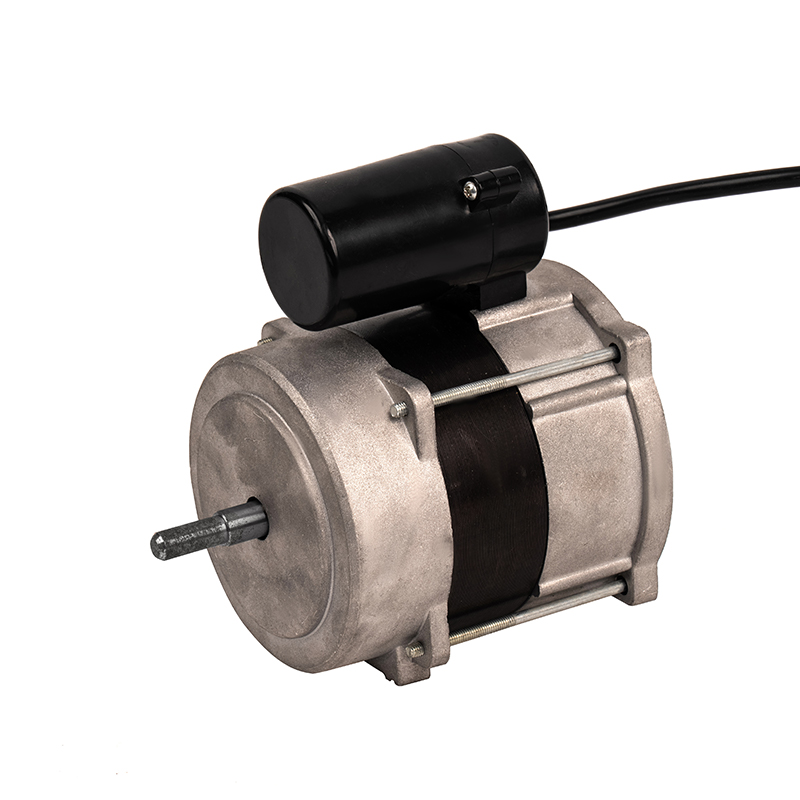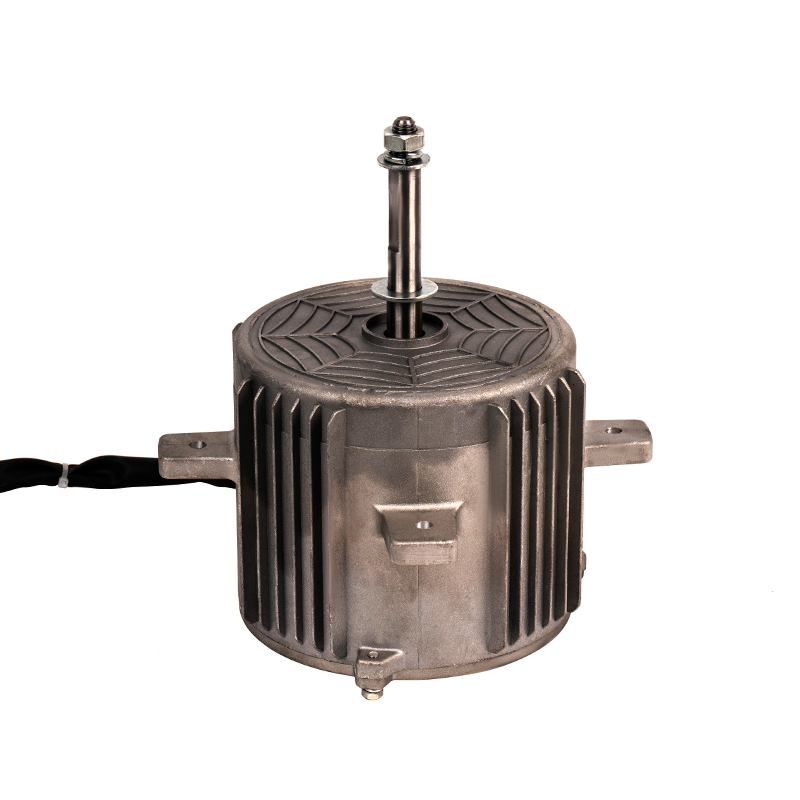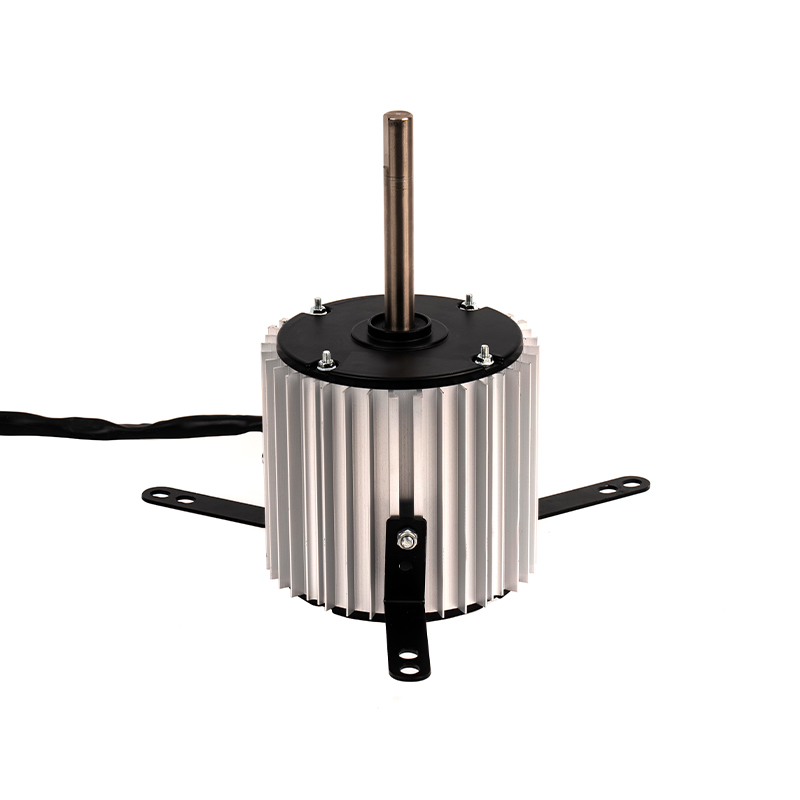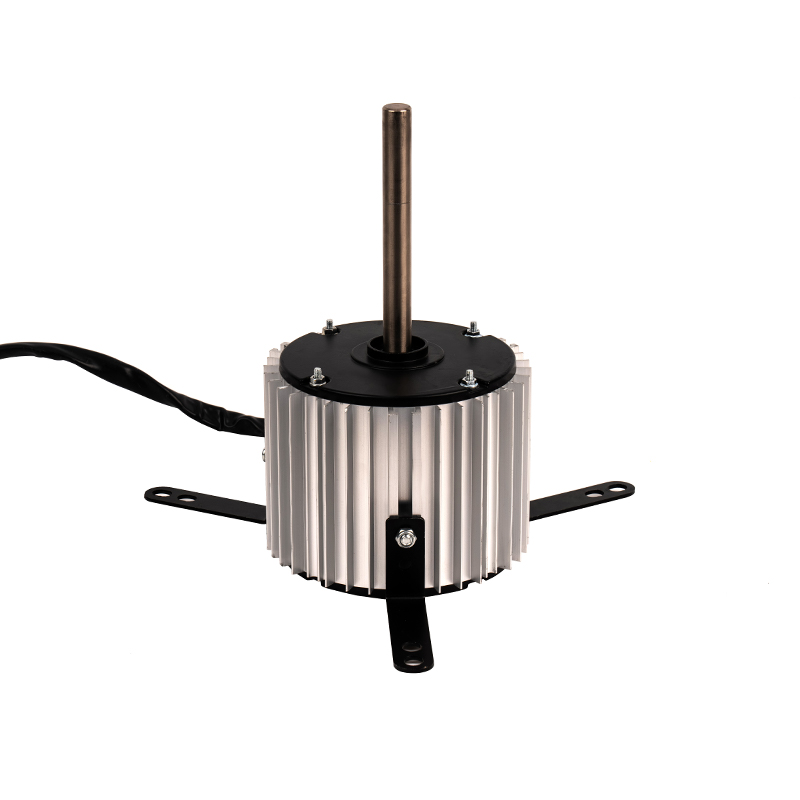The Range Hood DC Motor is equipped with variable speed control capabilities that allow it to adapt to changing cooking conditions in real time. When performing light tasks like simmering, the motor operates at a lower speed, maintaining a constant, gentle airflow that’s sufficient for minimal smoke and heat. This ensures that the air remains fresh without unnecessary energy consumption or noise. Conversely, when more intensive cooking occurs, such as frying or grilling, the motor ramps up to higher speeds to provide increased suction to handle the larger volume of smoke, grease, and odors. This adaptive speed control means that the motor doesn’t operate at full capacity all the time, reducing wear and improving overall efficiency. The ability to automatically adjust the motor speed based on cooking conditions ensures optimal performance with minimal energy usage.
Many Range Hood DC Motors use inverter technology, which plays a pivotal role in optimizing the motor’s speed control. Unlike traditional AC motors that may only operate at full or partial speeds, inverter-driven DC motors allow for continuous, smooth modulation of the motor’s speed. This technology provides a seamless response to cooking conditions, ensuring that the motor can adjust its speed gradually and without abrupt changes. During lighter cooking tasks, the motor runs at a lower, more energy-efficient speed. When higher cooking intensity is detected, such as during stir-frying or deep-frying, the motor increases its speed gradually to match the level of smoke or grease being produced. The result is consistent airflow without sudden bursts of power, reducing the risk of noise spikes or excessive energy consumption.
The adaptive airflow system equipped in some Range Hood DC Motors enhances the ventilation by utilizing sensors that detect cooking intensity. These sensors measure factors such as heat, smoke levels, and even humidity, allowing the motor to automatically adjust its speed and suction capacity. For instance, during light cooking such as boiling water or simmering a soup, the system keeps the airflow minimal to ensure no excess energy is used, while at the same time effectively handling the small amount of steam and odor being released. When high-heat cooking takes place, such as grilling or frying, the system detects the increased level of smoke and ramps up the motor speed to provide high airflow, thus ensuring that all fumes, particles, and odors are efficiently extracted from the kitchen. This adaptive system ensures that the motor delivers optimal performance at all times.
The DC motor’s precision engineering contributes significantly to its ability to maintain consistent airflow across a range of conditions. Unlike traditional AC motors, DC motors are designed with permanent magnets and electronic commutation, providing constant torque and smooth operation across various speeds. This precision ensures that the motor can continue to operate efficiently even when it’s running at lower speeds, without losing effectiveness. The high-quality engineering of Range Hood DC Motors also means less fluctuation in airflow as the motor adjusts to different cooking conditions. This consistency results in better control of air quality, ensuring that the motor is always extracting air at the optimal rate based on the current conditions in the kitchen.
Some Range Hood DC Motors feature integrated control systems that include smart features such as touch panels, remote controls, and mobile apps. These systems allow the user to manually select the motor speed, but they also provide automatic mode options, where the motor adjusts based on real-time conditions. Temperature and humidity sensors are often part of the control system, providing real-time feedback that ensures the motor responds promptly to changes in cooking activity. For instance, if a user is cooking something that produces significant smoke, such as frying fish or stir-frying vegetables, the sensors will detect the change in the environment and automatically increase the motor’s speed for better air extraction. The smart controls offer flexibility, allowing for manual adjustments when needed or automatic adjustments based on cooking intensity, creating an efficient cooking environment with minimal user intervention.



 English
English عربى
عربى ++86 13524608688
++86 13524608688